Conquest and Community: The Afterlife of Warrior Saint Ghazi Miyan
Conquest and Community tells the story of the Indo-Turkic warrior saint Ghazi Miyan and his influential cult in the Gangetic plains. A purported nephew of Mahmud of Ghazni, Ghazi Miyan was supposedly martyred in holy war against Hindu kings near Bahraich in modern-day Uttar Pradesh in 1034 CE. Conspicuously absent from contemporary Persian chronicles about his famous uncle, he is, nevertheless, the subject of glowing hagiographies from the seventeenth century onwards, as well as an oral folkloric tradition, which thrives to this day. His cult continues draw pilgrims of varying castes, both Muslim and Hindu, from all over northern India to his shrine in Bahraich.
Shahid Amin studies the history and growth of this cult and its manifestations in the tales people tell, the ballads they sing, the shrines they visit and the hagiographies they have written. He also addresses the disquiet and criticism the cult has provoked in both orthodox Hindu and Muslim quarters, for Ghazi Miyan is a complex, sometimes troubling figure, an amalgam of different traditions and tropes that do not always coexist easily. He features in text and folklore both as a pious iconoclast, who smashes Hindu idols and also as a staunch protector of cows and cowherds, a putative brother to Hindu women, and a connoisseur of things Indic from pan to the humble mahua tree.
In studying the Ghazi, his cult and its reception history, this book offers an astute perspective on the ways in which the Turko-Islamic invasions of India, c. 1000–1200 CE, have entered historical and popular memory. By considering the role of religious conflict in the building of the multi-religious cult of Ghazi Miyan, it also sheds new light on the nature of syncretism in the subcontinent.
This new kind of subaltern history, will interest historians, both medievalist and modern, anthropologists, folklorists and students of popular culture, religious studies and historiography.
Get it now and save 10%
BECOME A MEMBER

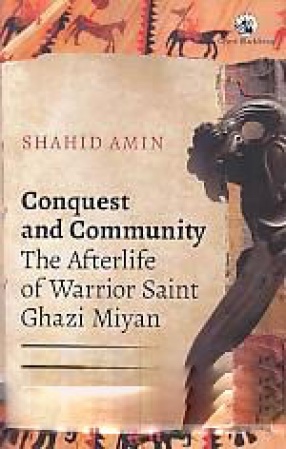
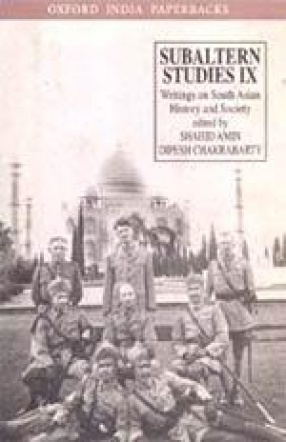
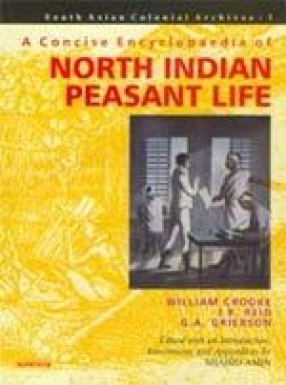


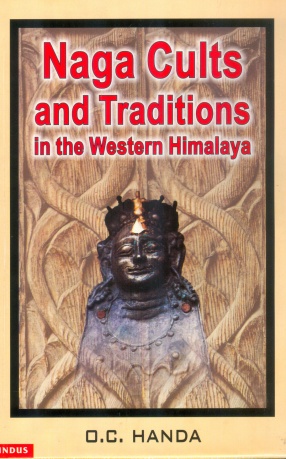
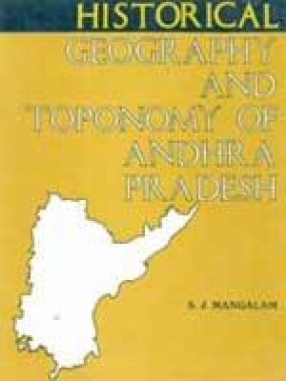
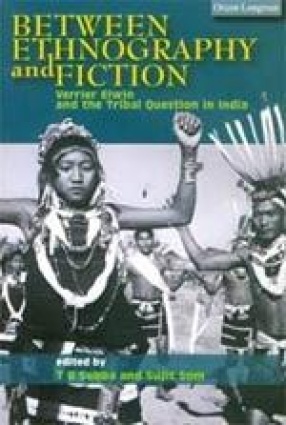

Bibliographic information